Egyptology

As early as the end of the 19th century, Ernest Chantre brought back a number of stone tools and remains of human mummies, but it was mainly the missions of Louis Lortet and Claude Gaillard in the early 20th century that expanded the collections.
Close collaborations developed between Louis Lortet and the Egyptologist Gaston Maspéro, then director of the Egyptian Antiquities department in Cairo. This gave the museum the chance to organise a number of digs on necropolises at famous sites such as Luxor, Karnak, Giza, etc. Though they expanded the collections of human mummies, grave goods, and other archaeological artefacts, it was the collection of animal mummies that grew most. With 2,500 conserved specimens, the Musée des Confluences currently still has the biggest collection of animal mummies in the world outside the Cairo museum.
At the same time, Albert Gayet acquired a hundred or so fabrics and ten or so human mummies from his digs in Antinoöpolis for the museum. Finally, some artefacts came from the Koptos digs organised all the way back in 1910-1911 by Raymond Weill and Adolphe Reinach.
The museum also has a very fine pre-dynastic collection from digs at the Abydos and Nagada necropolises: varied ceramics, cosmetic palettes, statuettes of men and women “dancing”, plus two exceptional statuettes of bearded men.
